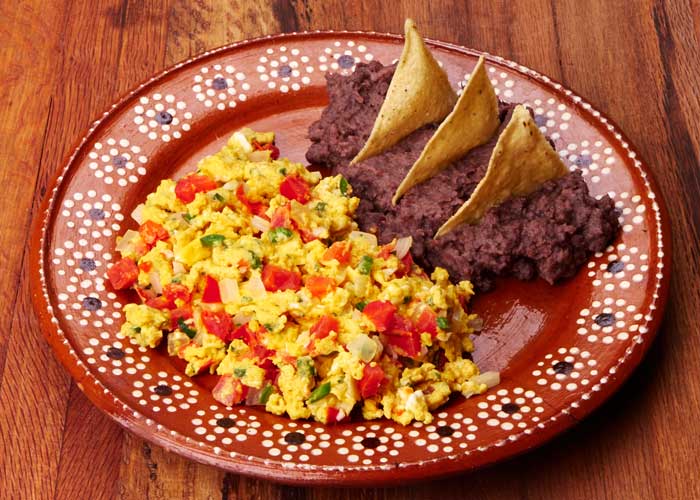By David Grinsfelder
Special to the Palisades News
For someone who cherishes food as much as I do, one of the biggest and most exciting discoveries as a foreign exchange student in Spain is that people eat at every conceivable waking hour of the day. In fact, they never really stop eating: there is no defined breakfast, lunch and dinner cycle.
A typical Spanish dining schedule begins with desayuno (breakfast) around 8 a.m. Spaniards are many things, but early risers is not one of them. I have yet to find a coffee shop that opens before 7 a.m., so my breakfast is limited to carbs (cereal and bread, or pan) and a mandarina, or tangerine.
Those who elect to skip desayuno usually opt for a mid-morning snack around 10:30 a.m. Despite what my high school Spanish classes taught me, this is the almuerzo, a light meal that might consist of a muffin or croissant accompanied by coffee and a cigarette.
Then, the Spanish take a three-hour siesta from their forks and knives until 2 p.m., when the real eating begins. The third and most important meal of the day is called la comida, or the meal, perhaps to insinuate that it is the only meal that actually counts as food.

In Madrid, la comida sees the myriad restaurants throughout the city packed from 2 until at least 4:30 p.m.
If you’re looking to try fantastic traditional cuisine at a reasonable price, the Menu del día in most restaurants has a set price. It offers various choices for the first course, and either meat or fish as a second course. You can also expect bread, a drink (usually wine or beer), and a dessert.
An engaging conversation might very well carry over until la merienda at 5:30 p.m., a late-afternoon snack that can last for two hours. This often has more to do with socializing than eating. Friends might meet to tomar una café (grab a coffee) or enjoy chocolate con churros, a delightful Spanish favorite perfect for cold winter afternoons.
La hora de aperitivo (tapa shour) comes next. If you elected to stick to an American meal schedule earlier in the day and your stomach is rumbling with hunger, trust me, it is worth the wait. From 8:30 to 10 p.m., crowds pour into the tapas bars.

It is customary to receive a free tapa when you order a drink. These small plates serve a dual purpose—to stimulate conversation, but more importantly to ensure that people don’t become inebriated before dinnertime. Tapas range in size from a small bowl of chips to sizable mounds of tortilla española, so be sure to read the signs outside and choose your tapas bar carefully.
Finally, between 9 to 11 p.m., most Spaniards will sit down to dinner. Traditional restaurant fare in Madrid consists of a shared meal in which a group of friends order large individual portions and then mix and match to their hearts’ content.
Food in Spanish culture is immensely important, not only because it is so delicious but also because it serves as a social function. Meals are rarely taken alone and provide people the opportunity to relax, make new acquaintances, or catch up with regular friends. If you ever find yourself in Madrid, be adventurous, find a quaint bar or restaurant in Malasaña or Chueca, grab a fork and dig in!
(David Grinsfelder, a 2015 Palisades High graduate, is a junior at UC Berkeley majoring in political science. The News asked if he would send his impressions of being abroad and this is the first of his essays since reaching Madrid, Spain in January.)











You must be logged in to post a comment.